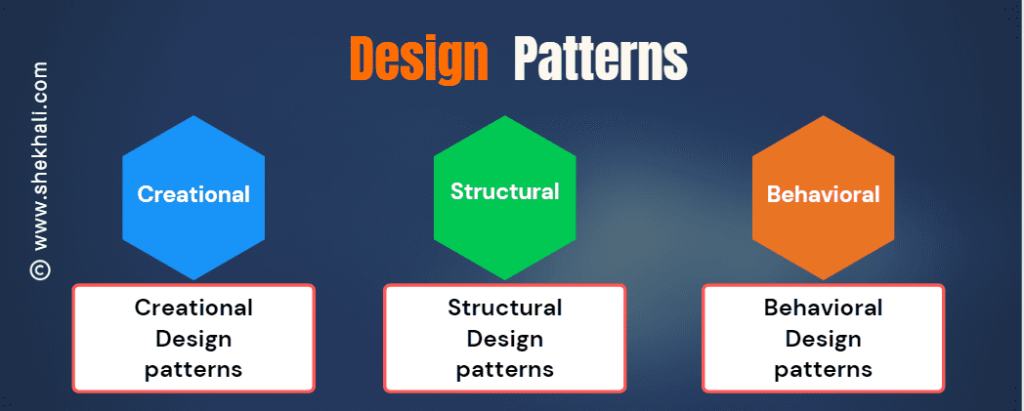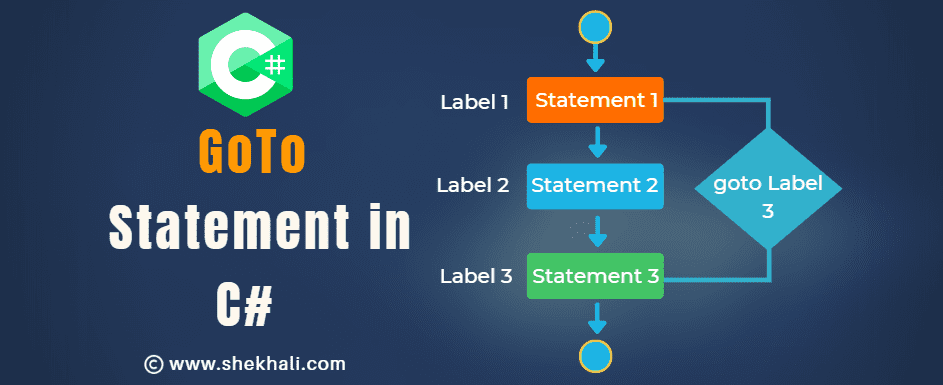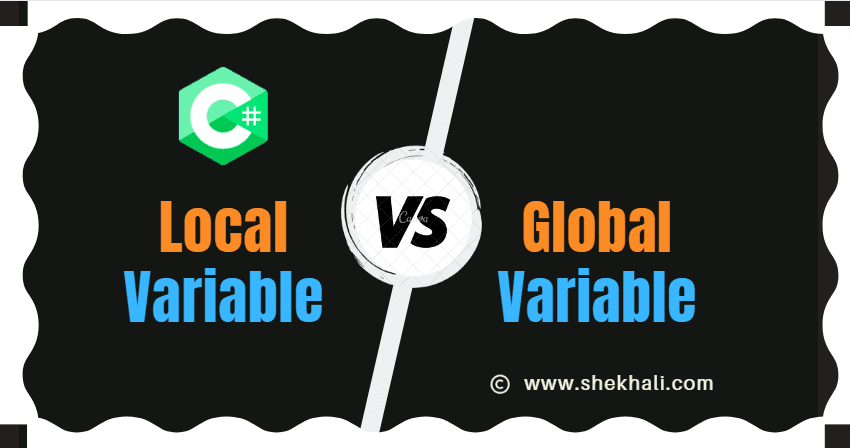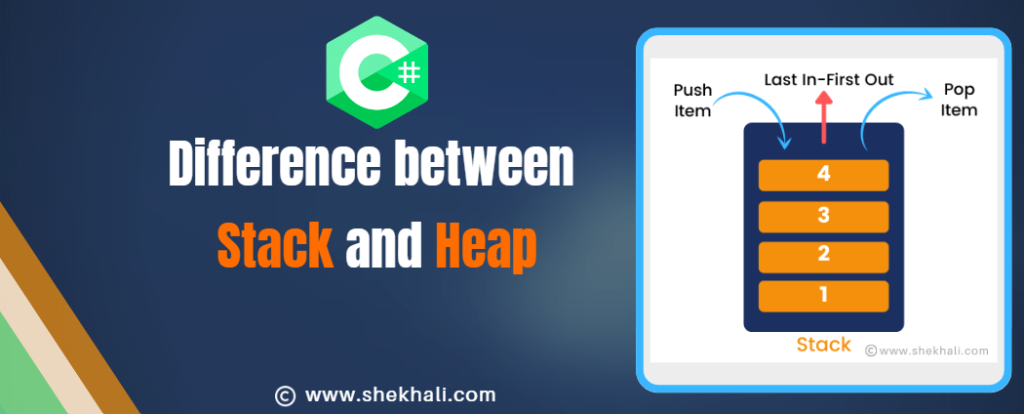The SQL UPDATE statement is a powerful command that allows you to modify the existing data in a SQL Server table.
This post will cover everything you need to know about the SQL UPDATE statement, including its syntax, parameters, and examples.

The SQL UPDATE statement is a powerful command that allows you to modify the existing data in a SQL Server table.
This post will cover everything you need to know about the SQL UPDATE statement, including its syntax, parameters, and examples.

SQL Exists is a conditional operator that checks the existence of rows in a subquery. It returns true if the subquery returns at least one row and false if it returns no rows.
SQL Exists is often used in conjunction with other conditional operators such as WHERE, HAVING, and SELECT.
In this article, we will explore the basics of SQL Exists and show you how to use it in your queries. We will also use some examples and best practices for working with SQL Exists.

The Builder Design Pattern is a creational design pattern that separates the construction of complex objects from their representation, enabling developers to create different representations of the same object using the same construction process.

Design Patterns are a set of reusable solutions to commonly occurring problems in software design. They are not a finished design that we can transform directly into code but rather a guide for solving problems.
The goal of using Design Patterns is to increase the efficiency and effectiveness of software development and provide a common vocabulary for developers to discuss design solutions.

C# switch case statement is a selection statement that lets you choose which code block to execute from among many options.
It evaluates an expression and executes the code corresponding to the expression’s matching value.
A switch statement is similar to if-else statements, but it provides a more concise way to compare a single value against a series of multiple possible constant expressions.
In this article, we will explore the C# switch statement and its various use cases.

The LIKE operator in SQL is used to filter data based on a specified pattern. The pattern can be a string of characters that contain wildcards.
The LIKE operator returns all rows where the selected pattern matches a portion of the data in the column.
In this article, we will discuss the LIKE operator in SQL, its syntax, parameters, and examples of how to use it in SQL Server.

In SQL, the COALESCE function is used to handle the Null values. It returns the first non-null value among a list of expressions. It’s beneficial when you want to replace the null value with a user-defined value or the first available value from a set of columns or expressions.

As a SQL Server developer, you may encounter situations where you must convert data types from one form to another. The SQL Server CONVERT function can help you achieve this task by changing the data type of an expression to another data type.
This article will cover everything you need to know about the SQL Server CONVERT function. I’ll explain the function and how to use it and provide code examples in SQL Server. We’ll also compare the CONVERT function to similar functions in SQL Server, like CAST, FORMAT, and PARSE.

In C#, operators are special symbols or characters used to perform specific operations on one or more operands. These operators help in manipulating data and performing various computations on them.
C# has a wide range of operators, such as assignment, arithmetic, relational, logical, unary, ternary, bitwise, and compound assignment operators. Understanding and using these operators correctly is crucial for effective programming in C#.

If you’re working with SQL Server, you may have come across the concept of stored procedures. A stored procedure is a precompiled set of SQL statements that we can save in the database for later use. Once it is created, we can execute it multiple times without recompiling the code.
This article aims to cover everything you need to know about stored procedures in SQL Server, including benefits, creation, modification, and exception handling.

TRY CAST function in SQL belongs to the Conversions category of functions and resembles the CAST() function. Its purpose is to transform an expression from one data type to another. If successful, the result will be the expression in the expected data type, but if it fails, the function will return null.
This blog post will dive into the TRY_CAST() function in SQL Server, its syntax, and how it differs from the CAST() function. We will use a few code examples to make it easy to implement this function in our SQL Server database.

The goto in C# is a jump statement that transfers the control to another part of the program.
In this article, we will learn in detail about the goto statement its advantages and disadvantages with code examples.

In this article, we will delve into System.IO namespace in C# and understand the classes it provides to perform various input and output operations in a C# program. This article will cover all the essential topics of System.IO namespace, including the classes, methods, and properties, along with code examples to illustrate their use.
This article aims to provide a comprehensive understanding of System.IO namespace and help you in your journey of mastering C# programming.

This article will delve into the TRY…CATCH statement in SQL Server and its usage for error handling.
Additionally, we’ll examine how the try-catch statement in SQL Server can be used to manage errors and present more informative error messages to the end-users.

Grouping data by different time periods such as days, weeks, and months is one of the most important concepts in SQL. In this article, we will look at how to group data by month in SQL Server using examples.

Temperature conversion between Celsius and Fahrenheit is a commonly used calculation in various fields including science and engineering. In this article, we will learn how to convert Celsius to Fahrenheit in C# and also how to convert Fahrenheit to Celsius using C# programming language.

The If-Else and Switch statements allow you to make decisions based on the outcome of an expression. If-else operates through linear search whereas the Switch statement uses binary search. “If-else” and “switch” are conditional statements, but they work in different ways.
In this article, we will understand the key differences between If-Else and Switch statements in C#.

The main difference between local and global variables is that local variables can be accessed only within the function or block in which they are defined, whereas global variables can be accessed globally throughout the entire program.
In this article, we will try to understand the fundamental concepts of local and global variables, their use cases, Pros and Cons, and how to use them effectively in our code.

Stack vs Heap: In C#, Stack and Heap are two important memory allocation structures that every programmer should understand.
The Stack is a Last-In-First-Out (LIFO) data structure that temporarily stores data with a short lifespan, such as function call parameters and local variables.
It is used for short-term memory allocation, ideal for data that is needed only within the scope of a method or function. The Data in the Stack memory is automatically deallocated when the method’s scope (function or block) is exited.
Stack memory is typically faster to allocate and deallocate than heap memory but has a fixed size, which can lead to stack overflow errors if exhausted.
On the other hand, A Heap is a dynamic memory allocation structure used for objects with a longer lifespan, but be aware of managing their memory properly (or relying on the garbage collector in C#).
Objects created using the new keyword are typically allocated on the Heap.
The main difference between the two is that Stack memory is allocated and deallocated in a predictable and deterministic manner, while Heap memory is allocated dynamically and can lead to fragmentation over time.

Difference between const and readonly:
The primary difference between read-only and const keywords is that const represents a compile-time constant, whereas read-only is a runtime constant.
The Constant variables must be initialized at compile-time with fixed values. Their values are known during compilation and, once assigned, cannot be changed afterwards.
On the other hand, Read-Only variables are also immutable. They can be assigned a value either at the time of declaration or at runtime within the constructor but cannot be modified afterwards for the life of the program.
